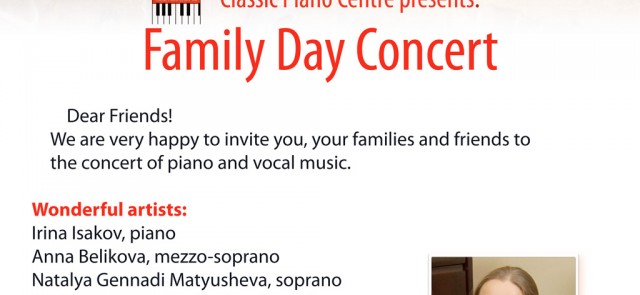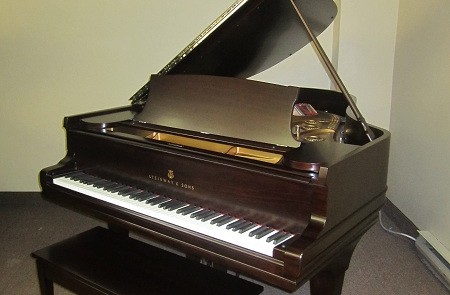How can we bring joy into the process of gaining knowledge? In this article based on the theory developed by Dr.Rashad Abrarov – physicist-mathematician, we take a look at how educational process is made most effective. Mastering Mathematics through Music and Chess….
Catching up quite seriously in Music and Math from my childhood and later in Chess, over the years I realized what an important role in shaping of my intellectual abilities and my outlook have played these subjects. I was well familiar with traditional methodologies of teaching. I also particularly well knew the serious imperfections of the educational process at school. In my mature years, I began to wonder – how you could convert the learning process, so that education will take place the most efficient way. I asked myself whether it is possible to teach in such way that Students would have an irresistible desire to learn new things and enjoy the process of gaining knowledge – how to develop curiosity of the Student, a great desire and ability to self-improvement of their knowledge and skills. At the same time to do it under the guidance of a Teacher that would indicate the most effective way of how to improve on the subject.
I came up with some, in my opinion, important conclusions about how the learning process should be. How Mastering Mathematics through Music and Chess is made possible. First, we need to attract as allies emotions (passions) faced by the human individual: such emotions (passions) as curiosity, love for the games, the desire to compete and to lead, and so on. Emotions (passions) can have, depending on the specific situation, positive and negative features. However, in the learning process when used correctly they can become allies and play absolutely positive role as a stimulant and a catalyst for the acquisition of new knowledge. For example, if we want to use the natural curiosity of man and his love for the games, we have to give him the direction of the activity on those games that can bring him the most benefit.
In my mind, here huge roles have to play such interesting areas of human activity as Music and Chess. No one will dispute the enormous informative and emotional potential carry these two activities. In Mathematics, there are also bright emotions, fascination, delight, majestic beauty, harmony, but they are not so obvious, and to understand them one requires some preliminary, very often fundamental preparation. Each of these subjects by itself is valuable and each of them attracts an enormous interest. Deep knowledge of these subjects generates a high level of the intellectual and cultural development of the individual. Thousands and thousands of people willing to become a professional in one of these items in order to devote his entire life to the study, development and teaching of the subject.
But Mathematics goes by the first number. Because it has gained notoriety as one of the most challenging subjects for children and more than any other causing problems. Moreover, it is necessary to remember that it is all-embracing subject. If I was able to achieve that Students liked this subject, “ignite” their curiosity, desire and ability for self-learning, and eventually bring them to a deep understanding of the subject, I believe, largely I reached my objectives. In achieving these goals, the other two subjects Music and Chess have to help me. In both of them, there are quite obviously emotional, game moments I would like to bring down to Math. In addition, in all of three subjects there is the same thinking technique. If the Students find difficult to develop this technique in the study of Math, then we can easily teach them a similar technique on the example of Music and Chess. In the very end in the study of Mathematics, I would like the Students to achieve a “state” of the great mathematician Euler: “Euler calculated without any apparent effort, as men breathe, or as an eagle soars above the ground.”
I would like to mention here the important thing that we switch from the traditional routine method of teaching (it does not mean that we denying this technique at all) through rules, exercises, memorizing … in a much more effective: education through love for each of these subjects, the development of curiosity, ability to learn independently, deep understanding. For this purpose we are applying, the mental (as in thought experiments), emotional, competitive, game approach.
I think the task of the Teacher is not just to give a certain amount of knowledge on the subject – the primary task to instil love for each of these subjects: Math, Music and Chess. The learning process for Students should be completely natural and desirable, to bring pleasure, joy and positive emotions! In fact, my aim is to teach Students how to learn correctly and not to spend mindlessly all the time on the boring monotonous hated exercises with a minor effect and often harmful at all. This “training” only lead to disgust to the subject of study.
For our purposes, it is of particular importance that through training and actual Chess play, as well as studying, listening, performing and creating Music, we are able to send Students important intellectual and cognitive abilities – such abilities as to think logically, to be focused on the subject, to respond quickly to the changing situation, to memorize a large array of information. These subjects give lot of skills that are identified in school as extremely important: imagination, innovation and creativity. And of course, these abilities can be used to great advantage the Students to learn and improve in other subjects – in Math, Science, Linguistics, Literature, … . For such Students cope with the requirements of the school curriculum will have no difficulty.
Here are some facts about the benefits of learning Chess and Music. Let us find out what say the experts and professionals about it:
The Chess Federation of Canada (CFC) – Patrick McDonald, CFC Youth Coordinator has compiled a listing of on-line resources, called Benefits of Chess – The Benefits of Incorporating Chess in the School Curriculum. Why you want chess in your school. http://www.psmcd.net/otherfiles/TheBenefitsChessPresSlides.pdf
The Royal Conservatory of Music – The Benefits of Musical Education: An Overview of Current Neuroscience Research
https://www.rcmusic.ca/sites/default/files/files/RCM_MusicEducationBenefits.pdf
Here are some interesting quotes:
- The real science and real music require uniform thought process. (Albert Einstein – physicist)
- If I were not a physicist, I would probably be a musician. I often think in music. I live my daydreams in music. I see my life in terms of music. … I cannot tell if I would have done any creative work of importance in music, but I do know that I get most joy in life out of music. (Albert Einstein)
- Music is a hidden arithmetic exercise of the soul, which does not know that it is counting. (Gottfried Leibniz – philosopher and mathematician)
- Thinking about Art and Science, about their mutual relationships and contradictions, I have come to the conclusion that Mathematics and Music are at opposite poles of the human spirit; that by these two antipodes is limited and is determined all the creative intellectual activity of man; and that between them housed everything mankind has created in the field of Science and Art. (Heinrich Neuhaus – pianist)
- Every good mathematician should also be a good chess player and vice versa. (Henri Poincaré – mathematician)
- Chess is a unique cognitive nexus, a place where art and science come together in the human mind and are then refined and improved by experience. (Garry Kasparov – world chess champion)
If the value of Chess in schooling is already widely recognized, suffice to say that Chess in school’s curriculum already adopted mandatory in more than 30 countries (call for example, such a large, developed country like Mexico). But the importance of teaching Music in the schools program is as it seems to me still undervalued. I am convinced that Music as well as Chess has to become as a compulsory subject in school curricula. Because Music is not less than Chess is an emotional experience, and contributes to the rapid development of exciting intellectual abilities. Music is intimately related to Math – musical perception on neuropsychological level proved to be very analytical. Furthermore, the processing of musical stimuli involves parts of the brain that are traditionally responsible for logical operations.
It should be noted another important feature of Music lessons. Fine motor of fingers, when learning for example to play the piano, developed and coordinated movements of the hands and fingers, as well as the ability to play by ear and improvise, have an extremely beneficial effect on the development of the qualities of the human brain, which are, for example, important for the development of mathematical abilities. It is no coincidence; many prominent scientists and mathematicians were also excellent musicians and connoisseurs of fine music. Conversely, many outstanding musicians had brilliant mathematical abilities.
Chess and Music are an extremely useful tool for development of intellectual abilities! Chess and Music contain elements that can be easily converted into great exercises for the development of mental abilities of Students. Knowledge from Math and Science for Students can be interwoven into the teaching of Music and Chess. Conversely, elements of Music and Chess should be presented when learning Math. Interlacement – Interconnection of these objects are the key factor.
We do know, children love games and Music (and many adults too)!
Let us fully use for the process of education these desires, given to us by Nature!
I would like to express my appreciation to Dr. Sanjar Abrarov for useful discussions and advices.
Rashad Abrarov – physicist-mathematician, PhD.
Email: rabrarov@gmail.com



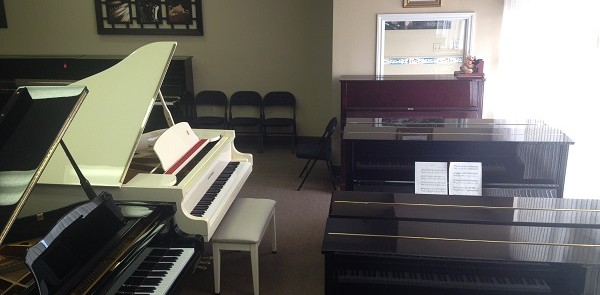

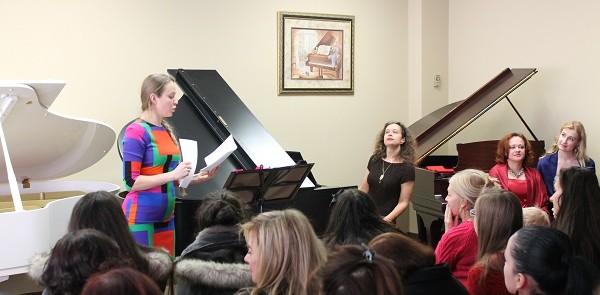
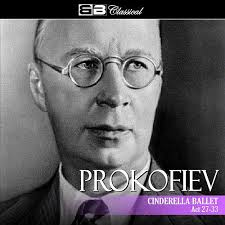
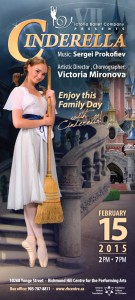

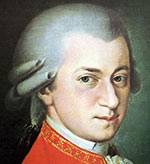 Mozart Wolfgang Amadeus Mozart ( 1756 – 1791)There are many interesting facts about Mozart.One of the greatest composers of the classical period.
Mozart Wolfgang Amadeus Mozart ( 1756 – 1791)There are many interesting facts about Mozart.One of the greatest composers of the classical period.
